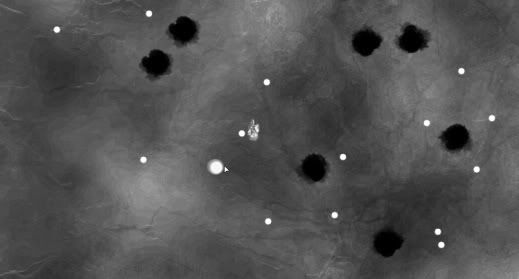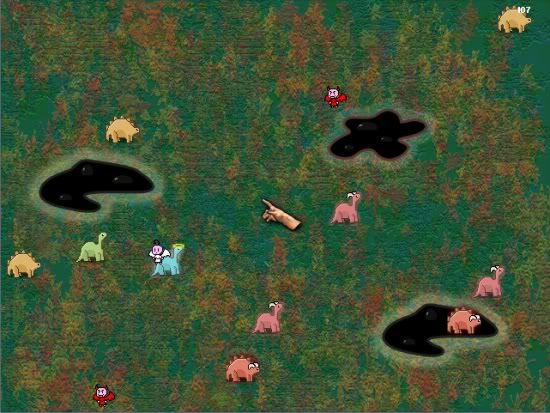
Ah, my second Global Game Jam in a row. You can play our game Shadowless
here. The theme this year was Extinction and my team decided to make a game about light struggling to fend off darkness. At the end of the day Sunday, we ended up with a half done game that only slightly resembled the original design ambitions. Global Game Jam is about experimentation, and what's experimentation without failure? Sure, half the team was also trying to run the our GGJ location while making the game, but we also made some mistakes in the game's development. Here are a few things I learned this year:
1. Design discussions should only go as far as what you can build now. During the first night of brainstorming, we discussed too many fancy game ideas. At one point the game involved a traveling beam of light, wading its way through an ever encroaching darkness. When it came time to building these grand ideas we found ourselves empty-handed. We hadn't come up with any basic gameplay to hold any of our original ideas up. Questions like, "What is the player doing from second to second?" and "How is this light beam interacting with this light crystal?" were not answered. In the end, all that time spent talking went to waste and most of the original ideas were thrown out.
On Saturday afternoon we hastily reworked the premise into what the game is now. Inspired by endless survival games like Tilt-to-Live, our game would incorporate the core gameplay of frantically navigating through swarms of enemies while giving the player a primary goal of keeping a light crystal alive at the center of the screen.
2. Remote team members won't get the full experience.My artist friend Mike wanted to participate in our jam remotely from California. While we were able to give him work, he missed out on all the
bleary-eyed fun and final presentations. I could have streamed him in over Skype, but bandwidth was at a premium. Besides, he would've spent most of the time staring at my sleep deprived face.
3. We neglected sound.I've done this during a smaller Game Jam before. In the thick of programming our heads off, we just couldn't be bothered to take a listen to the sound effects that were just submitted. As a result, we couldn't get revisions to the artist in time. Maybe having a dedicated project manager there to organize everything would have helped but -- in the fast paced Game Jam environment -- I imagine that person would end up sitting around bored a lot.




